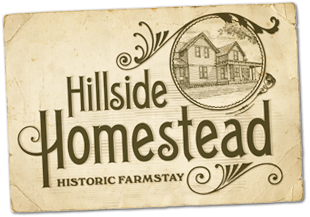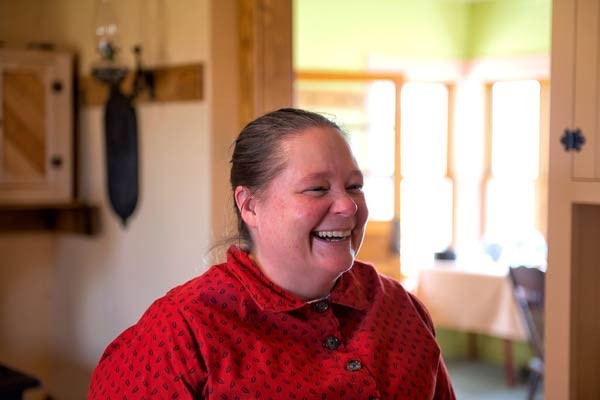We’ve had a huge success here at Hillside Homestead with our historic meat preservation experiments. Hog butchering was Dec 13, 2012. Much of that meat was salt cured and some of it was stored in crocks in between layers of lard. And the larded meat has been a big success. Yesterday we opened the crocks and took out the first layer. One crock was packed with raw pork chops and another with cooked pork chops. All beautiful and good! A third crock with raw bratwurst in casings went bad, I think that was because there was some air in the casings. More on that later and plans for butchering 2013
Packing meat in lard is a very old food preservation technique. This meat will stay good as long as they lard is cold and firm down in the cellar, i.e. probably till May. Here is the story in pictures….
This is back in December. The cooked pork chops are in the crock on the left and melted lard has been poured over the first layer. The raw chops are on the right and again liquid lard.
 And here is another cooked pork chop going in
And here is another cooked pork chop going in
 and now for the beginning of the unveiling….. looks like and smells like fresh pork!
and now for the beginning of the unveiling….. looks like and smells like fresh pork!

First beautiful pork chop comes out o the crock just as good as it was 3 months ago, without any electric refrigeration or freezing!

Here are two raw pork chops ready for the oven and two cooked pork chops. The lard only stuck to the cooked food and not the raw

The 3 month old pork chops are dressed with my homemade kraut, caraway, sage, pepper and salt and a little lard. Ready for the oven
The pork chops were Delicious and preserved perfectly sweet! I feel a great success in recreating this historic food technique!













